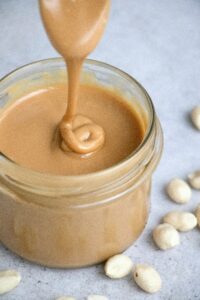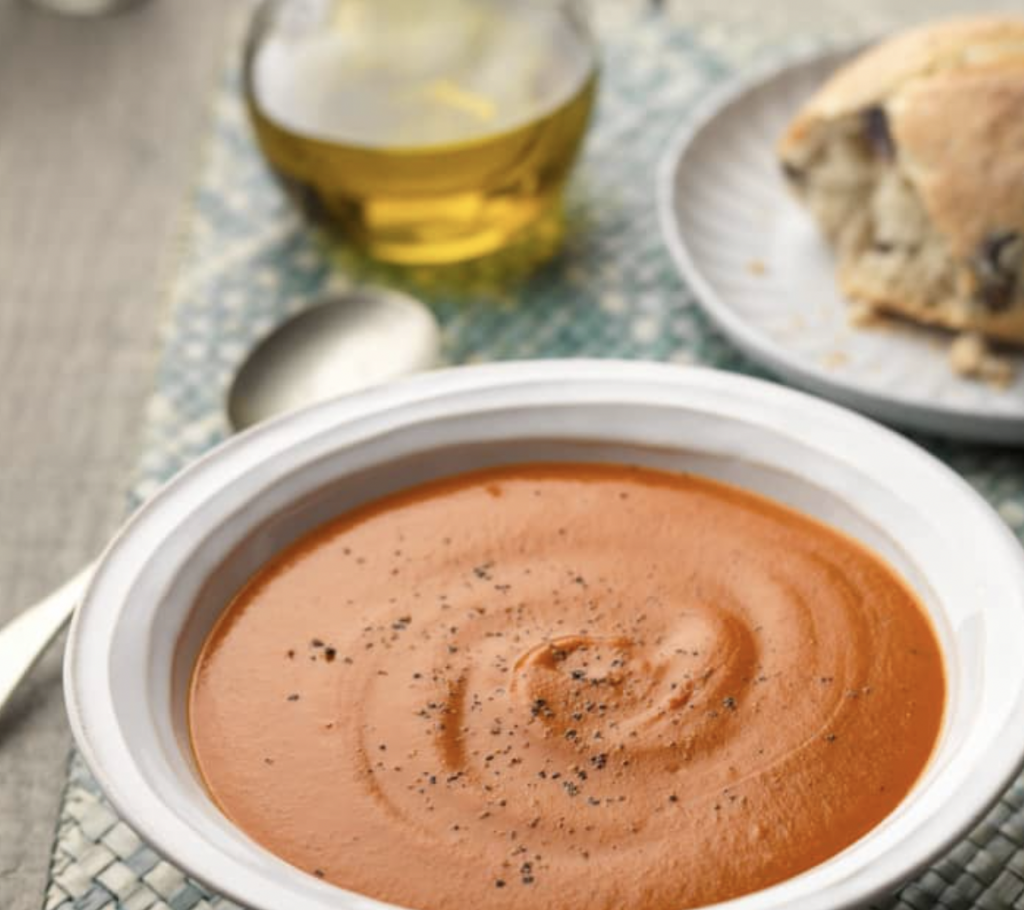10 ways to save money with a Thermomix this Spring
As April is the month of spring, it’s the perfect time to start afresh and make some changes to your finances. If you’re looking for ways to save money this month, you might not have thought about using your Thermomix. However, this versatile kitchen gadget can be used for much more than just cooking up delicious meals.
Here are 10 ways you can save money this April using your Thermomix:
- Meal planning: One of the most effective ways to save money is by planning your meals in advance. With your Thermomix, you can easily create a weekly meal plan and then use the guided cooking feature to ensure that you’re making the most of your ingredients.

- Batch cooking: If you’re cooking for one or two people, it’s often more economical to batch cook and freeze your meals. Your Thermomix can help you to make large batches of soups, stews, and curries that you can then portion out and freeze for later.
- DIY staples: With a Thermomix, you can make a range of kitchen staples at home, such as bread, pasta, and nut butter. This can save you money in the long run, as you won’t need to buy these items from the store.
- Cooking from scratch: Another way to save money is by cooking from scratch, rather than buying pre-made meals or processed foods. Your Thermomix can help you to create homemade sauces, marinades, and condiments that are healthier and more cost-effective than store-bought alternatives.

- Preserving: If you have a surplus of fresh produce, your Thermomix can help you to preserve it for later. You can use it to make jams, pickles, and chutneys, which will keep for months in the pantry.

- Homemade cleaning products: Your Thermomix can also be used to make homemade cleaning products, such as all-purpose cleaners and laundry detergent. This can save you money on expensive cleaning products, while also being better for the environment.

- Grinding coffee beans: If you’re a coffee lover, you can save money by grinding your own coffee beans at home. Your Thermomix can grind coffee beans to the perfect consistency, ensuring a delicious cup of coffee every time.
- Making your own baby food: If you have a baby, your Thermomix can be a great tool for making your own baby food. This is often much cheaper than buying pre-made baby food, and it also allows you to control the ingredients.
- Making your own skincare products: Your Thermomix can also be used to make your own skincare products, such as face masks and body scrubs. This can save you money on expensive skincare products, while also being better for your skin.

- DIY gifts: Finally, your Thermomix can be used to make homemade gifts for your loved ones. You can create delicious treats, such as homemade chocolates or cookies, or create a personalized gift, such as a homemade candle.
In conclusion, your Thermomix can be a valuable tool for saving money this April. From meal planning and batch cooking to making your own cleaning products and skincare, there are many ways that you can use your Thermomix to save money and live a more sustainable lifestyle. So, dust off your Thermomix and start exploring all the ways you can use it to save money this month.
Disclaimer – Thermomix® is a cooking appliance intended to be only used for food preparation.
However, the recipes here are things I do with my own Thermomix. I also have multiple Thermomixes and TM bowls, so I can safely use separate bowls for making these without any cross-contamination. I also clean the bowls thoroughly with soap, then vinegar, and finally run them through the dishwasher to ensure that it is thoroughly clean before making a food recipe in my bowl. If in any doubt, don’t make them.
















